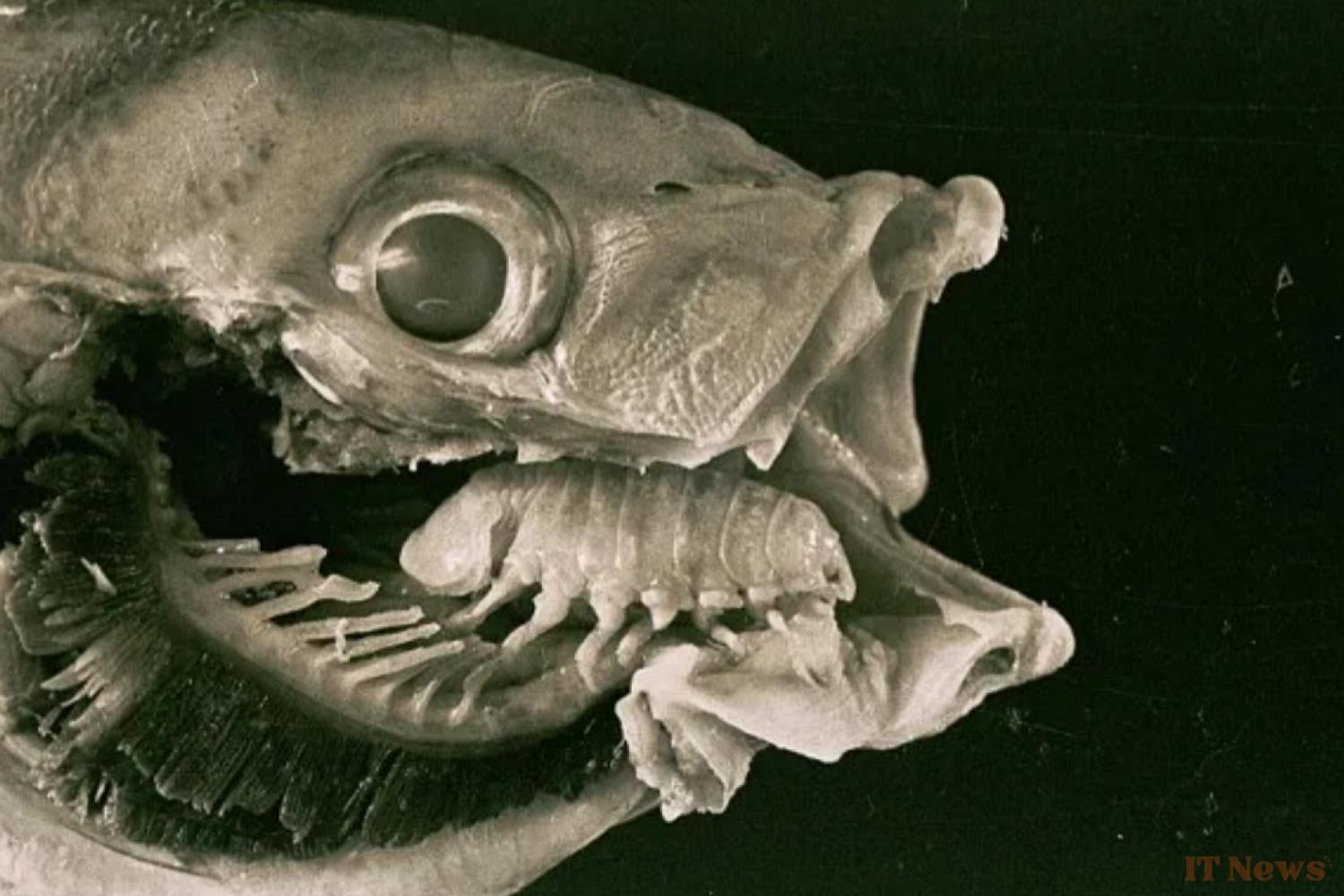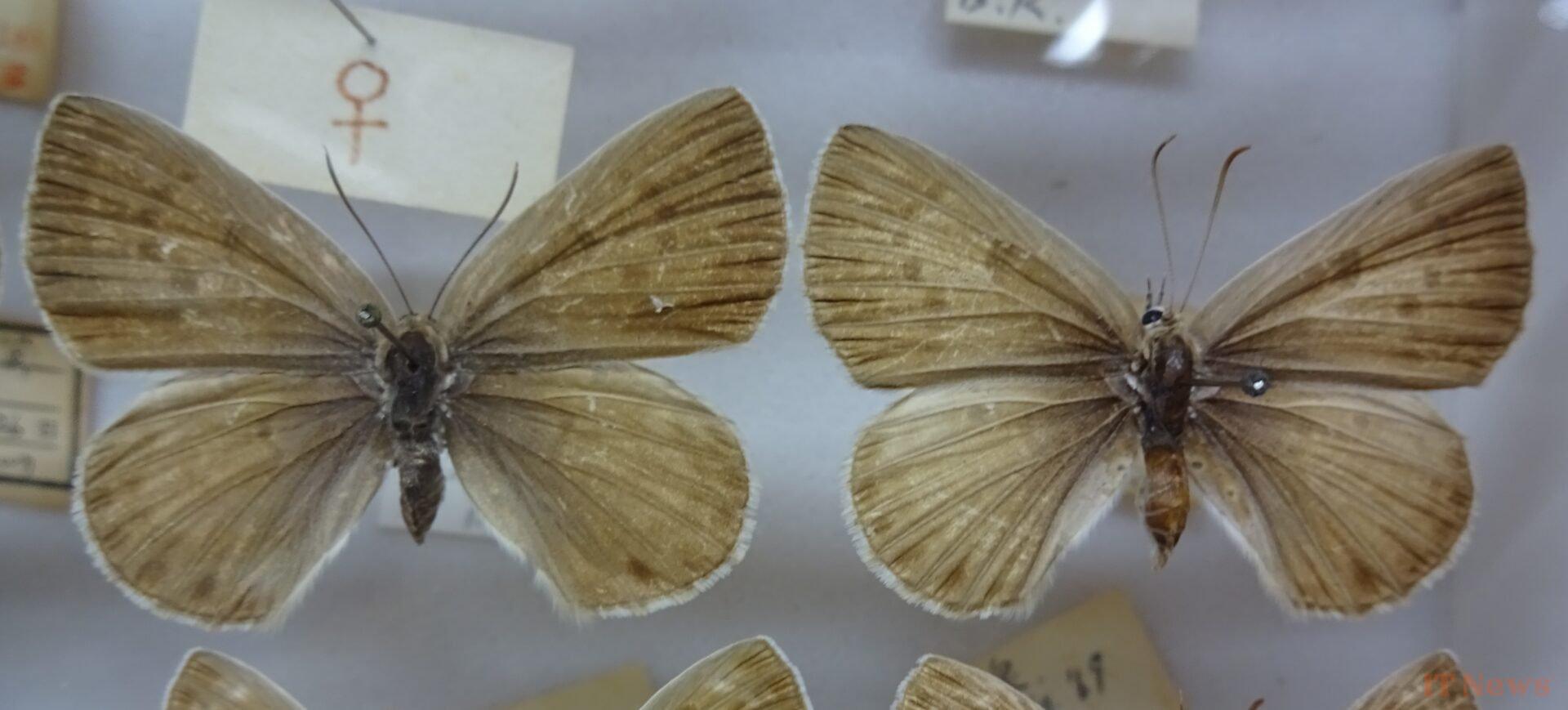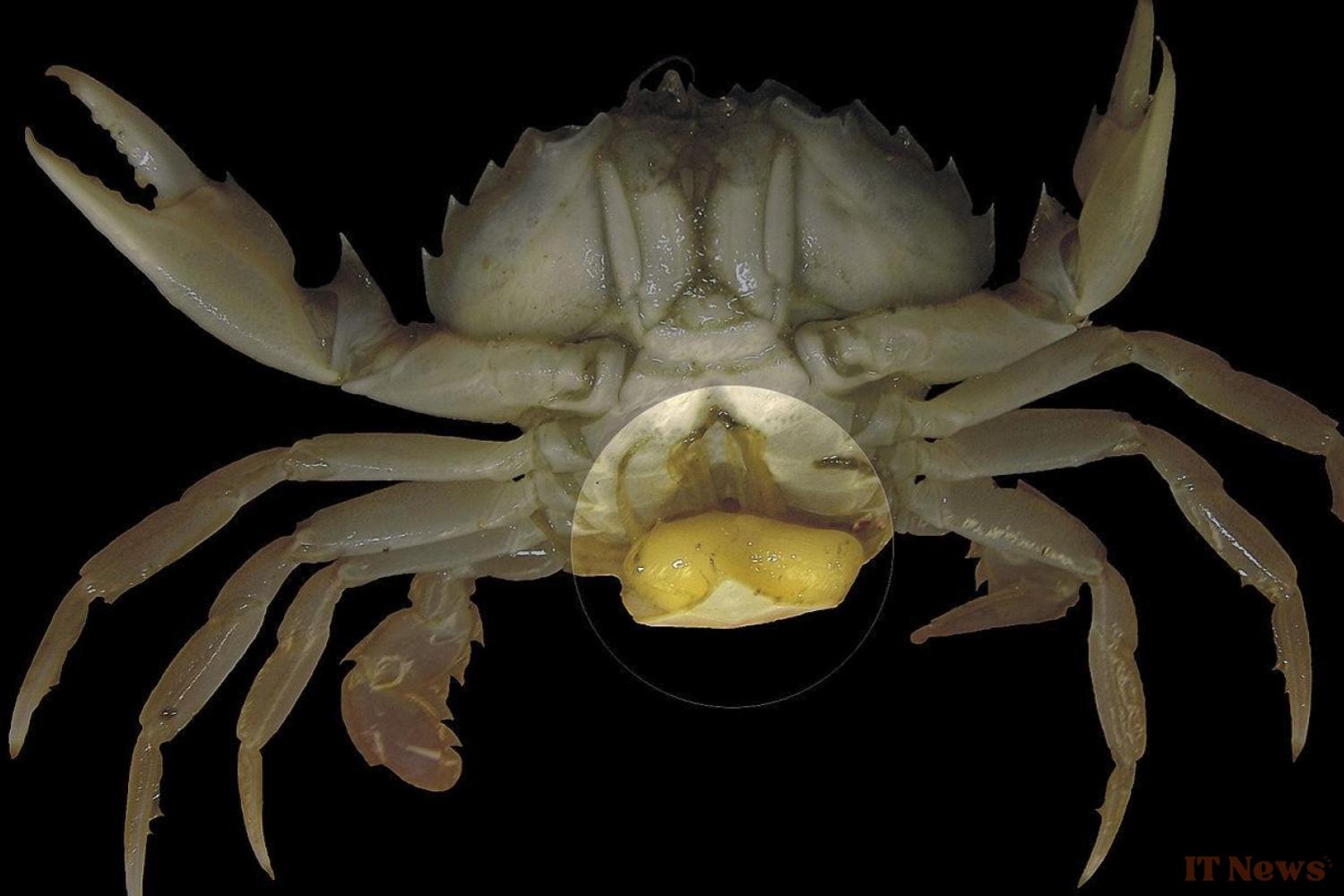Fans of The Last of Us are in the starting blocks right now, with the release of the second season inspired by the Naughty Dog blockbuster. The plot of these two works is largely inspired by Cordyceps, a family of very real parasitic fungi capable of "zombifying" their hosts to take control of them.
The Last of Us: Is the terrifying fungus threatening humanity?
Since we already focused on the functioning of real Cordyceps in a previous article, to celebrate the release of this second season, we offer you this time a small collection of other species of parasites. These have developed sometimes disturbing, but always fascinating strategies to reach their preferred host. Not for the faint of heart!
The Ultimate Imposter
First stop: the Japanese butterfly Niphanda fusca. To reproduce, this species has developed a fascinating strategy that involves exploiting an entire social structure!
This insect starts by laying its eggs on a plant so that its offspring can feed on its buds. But these larvae have no intention of settling for this diet. It is mainly a way of stalling while waiting for the arrival of its real targets: the ants.
When they reach maturity, the larvae begin to secrete a compound that mimics the chemical signature of Camponotus japonicus, a species of ant native to the country of Rising sun. The latter, convinced that they have stumbled upon a stray offspring, rush to bring it back to their nest.
From this moment on, the larva will be pampered by the entire colony, which will take charge of feeding and protecting it without even realizing that it is an intruder. The ants do not realize that this is a trick until the emergence of the adult butterfly, which is then free to take to its heels before its hosts even realize that they have been fooled. An incredible example of parasitism and even social engineering that allows the butterfly to reproduce efficiently without causing any casualties.
The worm that makes eyes dance
But not all parasites are so harmless—and this is certainly not the case for Leucochloridium paradoxum, a member of the flatworm family. Their life cycle begins when a poor snail eats its eggs, without realizing that they are in fact formidable Trojan horses. Soon after this meal, the eggs begin to grow in the gastropod's entrails. They eventually give birth to miracidium—specialized larvae capable of moving effortlessly in aqueous environments… like the hemocoel, the fluid-filled cavity that bathes the mollusks' organs.
With these abilities, the larvae head for a digestive gland, the hepatopancreas. After entering, they begin a new transformation, this time into sporocysts—structures specialized for the dissemination of objects associated with reproduction, such as spores. And this is where the story takes a rather dramatic turn.
Instead of making their way out of the snail to disseminate these offspring, the sporocysts begin producing colorful, pulsating, and, most importantly, larva-filled brood sacs. They then infiltrate the antennae that bear the eyes, causing them to swell massively. At this stage, these appendages therefore look very much like hyperactive caterpillars.
At the same time, the parasite also reprograms its host's nervous system. Much like Cordyceps, it encourages it to climb vegetation. The goal: to expose these "caterpillars" to potential predators... and especially birds, the last hosts of Leucochloridium paradoxum. Unable to resist this tempting snack served on a platter, the birds rush to the poor snail's antennae, ingesting the larvae and perpetuating the parasite's life cycle. There is, however, some good news: since snail antennae can regrow, the victim often escapes unscathed... and only has to touch wood to avoid being infected a second time.
The Zombie Scarecrow
When we talk about parasites, we often think of viruses, worms, or even fungi. But parasitism also plays a central role in the life cycle of many more unexpected species, including wasps such as those of the genus Glyptapanteles. Once their eggs are fertilized, these wasps attack a defenseless caterpillar, which will inadvertently be promoted to the rank of scarecrow for the attacker's offspring.
The wasp begins by injecting its eggs directly into the hemolymph (the functional equivalent of blood in these insects) of its victim. After hatching, the larvae begin to devour their host's internal organs, taking care to avoid any vital structures. They also secrete immunosuppressants that help them develop undisturbed.
A little later, the larvae begin to secrete another substance that alters the caterpillar's behavior. The latter—or rather, what remains of it—begins to isolate itself and behave aggressively. When the parasites finally reach maturity, they extract themselves from the caterpillar's body to form a cocoon (or more precisely, a pupa), causing serious injuries in the process.
But the host is not quite dead at this stage. A study by Dutch researchers showed that a handful of larvae tend to remain inside the zombified victim to continue "piloting" it, ensuring that it spends the rest of its life standing guard despite itself. Its sole mission: to protect the pupae from potential predators, such as ants, until the young wasps emerge... which will immediately set out in search of new caterpillars to perpetuate this morbid cycle.
The Living Incubator
All the parasites mentioned so far exploit relatively harmless targets, especially when they are isolated. But other animals are also capable of attacking species that, at first glance, seem perfectly equipped to defend themselves. This is the case of Sacculina carcini, which attacks crabs—with decidedly chilling consequences.
It all starts with a small larva swimming freely in an area populated by crustaceans. Once it has identified its target, it launches a surgically precise attack. Instead of trying to pierce its shell, it targets one of the few exposed areas, at the intersection of the chitin plates that constitute an impenetrable armor for many predators.
More specifically, the larva takes advantage of this vulnerability to inject a small mass of cells, the vermigon, which will become the actual parasite. This vermigon will grow inside the crab in the form of tentacles that will infest its entire internal anatomy... and in particular its reproductive organs, which are at the heart of Sacculina carcini's strategy.
The first effect is to sterilize the host, which will never be able to reproduce again. From there, the parasite grows growths filled with juvenile parasites, which emerge from the abdomen—exactly where a female crab would carry her own eggs! As a result, the crustacean cares for them as if they were its own offspring.
And if it's a male, no problem—just turn it into the perfect host! German researchers have shown in a study that instead of abandoning the crab, the parasite secretes feminizing hormones that cause the crustacean to abandon the search for a mate and instead behave like a female protecting her offspring.
Once the larvae mature, the growths rupture, releasing a myriad of mature larvae that will go in search of a new victim. The poor crab, however, remains sterile... and extremely vulnerable, as it is deprived of its ability to molt to replace its shell. Ultimately, this living incubator is therefore condemned to certain death in this merciless ecosystem.
The Living Graft
And if the methodology of Sacculina carcini wasn't nightmarish enough for you, Cymothoa exigua will undoubtedly take the prize. This one doesn't just hack into its host's brain or devour it from the inside: instead, it takes up permanent residence by replacing a particularly sensitive organ.
It all starts with an isopod larva, a subcategory of crustacean that includes woodlice. When it encounters a potential host, often a fish in the snapper family, it infiltrates through the gills to attach itself near a blood vessel. A perfect food source, which will allow it to grow quietly while waiting to move on to the next stage of its plan.
Once sufficiently massive, the isopod migrates to the fish's mouth and attaches itself to the base of its tongue. This grip has the effect of cutting off blood circulation; the organ then begins to atrophy until it dies completely and falls off. The parasite then moves one last time to attach itself to the stump... and physically replaces the tongue! It can thus live for many years by feeding at the expense of its host, who becomes totally dependent on it following this amputation. A damn elaborate stratagem; over the course of evolution, Sacculina carcini has even acquired a shape comparable to that of the tongue of its victims so that it can continue to feed itself, to the great pleasure of the horrible passenger.







0 Comments